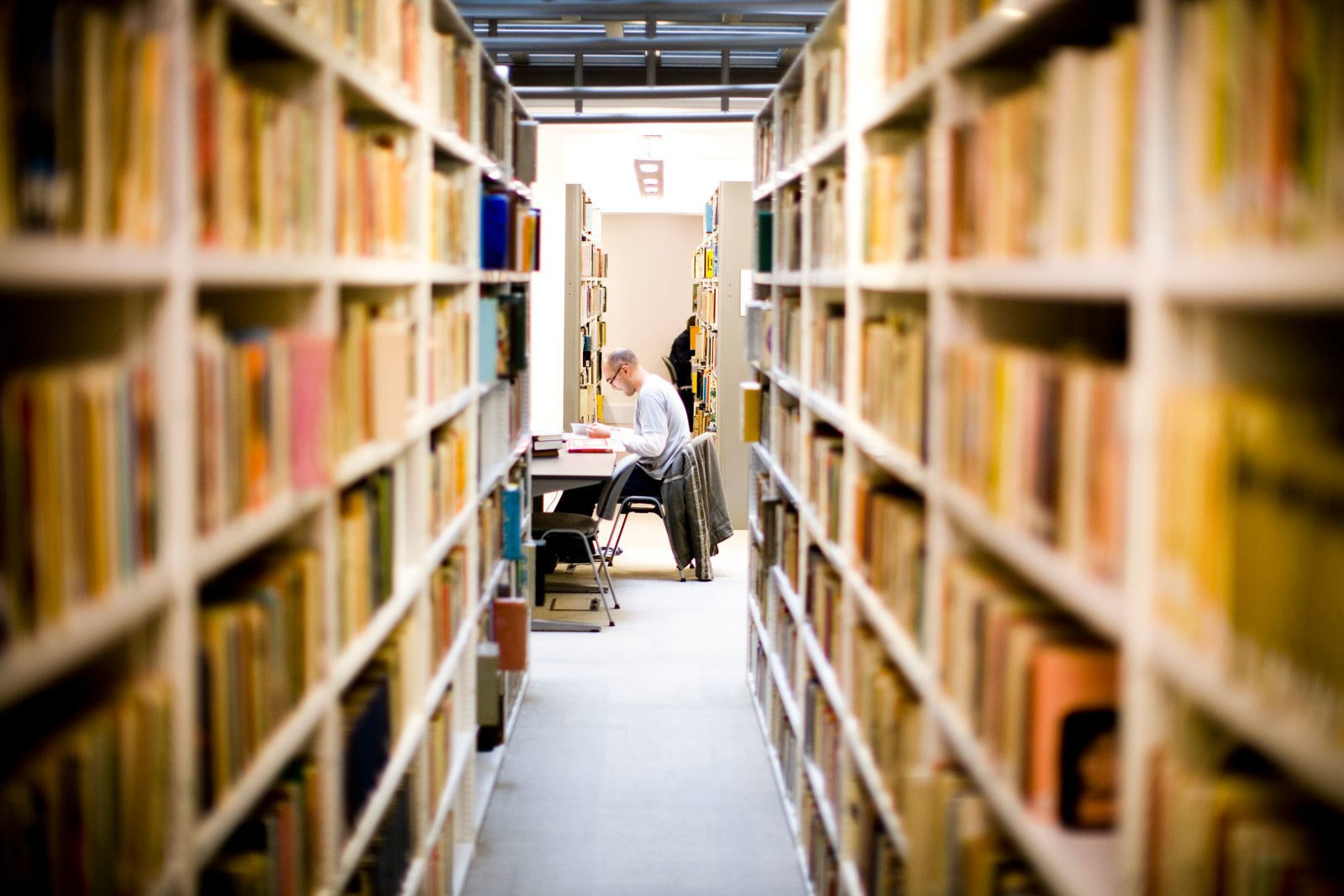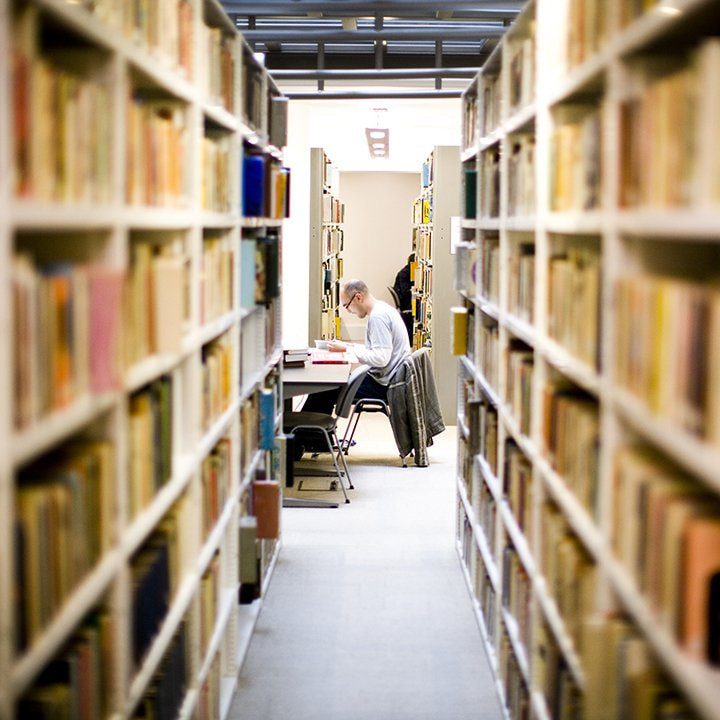Senior Director of the National Trust Simon Murray describes how the National Trust has grown from a small conservation charity to a popular and successful movement with over five million members in the UK and reflects on his recent travels in Russia and whether there are any lessons for Russia in the experience of the UK.
The National Trust was founded in 1895 by three people concerned about the loss of cultural heritage and beautiful landscapes in Britain in the wake of the Industrial Revolution. But it was not simply a conservation charity to preserve places, the founders wanted these places to be open and available for people to enjoy. From these small beginnings the National Trust has grown to become Europe’s largest conservation charity.
Simon Murray’s talk describes the destruction of cultural heritage after World War II in the UK and the changes in society since the 1970s that have made heritage popular again. Heritage is not just about tourism, it is about the places people live—it is fashionable to live in old houses. Simon Murray will touch upon the factors of this revolution.
Simon travelled extensively in Russia in the summer of 2017, covering 5000 km and looking at many historic buildings, villages and towns. In his talk he will describe his impressions of what he saw and discuss some of the thoughts he has to improve the condition of cultural heritage in Russia. Is it possible to make cultural heritage popular in Russia, as it is in the UK? Could the government’s historic assets be managed better? Between ruination and total rebuilding, is there a better way to conserve Russia’s great heritage? These are some of the questions Simon will be asking and seeking views from the audience.
This lecture is part of the series “Theories and practices of cultural leadership” organised by Garage Museum of Contemporary Art together with the British Council.

